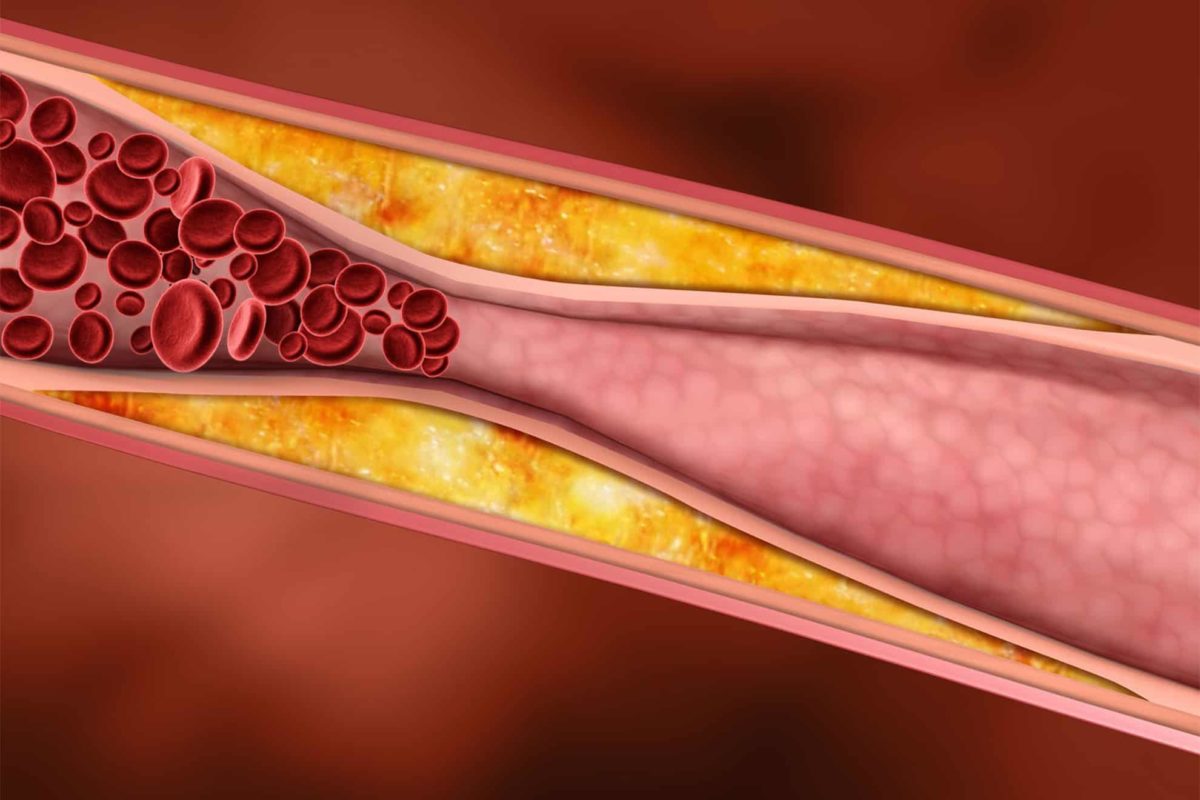
Hyperlipidemia-related diseases have become more prevalent in recent years. Controlling and monitoring blood lipids is especially important because high levels increase the risk of cardiovascular disease. To deal with high blood fats, it is important to follow a proper lifestyle, such as avoiding smoking, reducing dietary calories - reducing fat intake - and exercising regularly.
Common signs and symptoms in hyperlipidemia
Stenosis of arteries occurs due to the accumulation of cholesterol in their inner wall cells; As a result, atrophic plaques (which are the main element in atherosclerosis) are formed. Atheromatic plaques gradually block blood flow; This results in poor oxygen delivery to the tissues or ischemia, which can lead to irreversible damage.
When blood triglyceride levels are extremely high, it can lead to pain in parts of the abdomen, pancreatitis, enlarged liver and spleen, and the appearance of a skin rash called xanthomatosis.
Chronic elevated cholesterol or triglycerides can lead to coronary artery disease (angina, myocardial infarction), cerebrovascular accidents, and circulatory disorders in the lower extremities.
Treatment and control of hyperlipidemia
Lifestyle changes
-
Consumption of saturated fats less than 7% of total daily calories
-
Consumption of total fat between 25 to 35% of daily calories
-
Limit cholesterol intake to less than 200 mg per day
-
Increase consumption of soluble fiber in barley, soy, beans, peas, psyllium (source of soluble fiber), and certain fruits(20 to 30 grams per day)
-
Consume more plant sterols or phytosterols in nuts, some vegetable oils, corn, and rice
Proper consumption of fats
-
Choose animal fats with olive, avocado, or almond oil as an alternative source of fat.
-
Limit your intake of saturated fats to 5 or 6% of your daily calories.
-
Minimize trans fat intake. Reducing these fats requires limiting the consumption of red meat and dairy prepared with whole milk.
-
Limit fried foods and cook with healthy oils such as vegetable oils.
-
Limit cholesterol-rich foods. You should consume less than 200 mg of cholesterol per day. Cholesterol is found in foods of animal origin; Such as liver and other organs, egg yolks, shrimp, and whole milk dairy.
Follow a heart-healthy diet
-
Follow a diet rich in fruits, vegetables, whole grains, poultry, fish, and nuts. Feeding this way can also increase fiber intake. A high-fiber diet can help lower blood cholesterol by up to 10 percent.
-
Avoid sugary foods and drinks.
-
Limit salt intake. The amount of sodium (salt) received should not exceed 2300 mg (about 1 teaspoon of salt) per day. Limiting salt by lowering blood pressure can reduce the risk of heart disease.
-
Lose extra weight
Losing extra weight improves cholesterol levels and can help improve high cholesterol by about 10 percent.
If fat levels do not improve after 3 months of lifestyle changes,
Drug treatments are also used
- Statins: Reduce the production of cholesterol by the liver
- Bile acid inhibitors: Inhibit fat absorption
- Fibrates: Lower cholesterol and triglycerides in the blood
- Niacin or Vitamin B5: Removes excess triglycerides in the liver.




